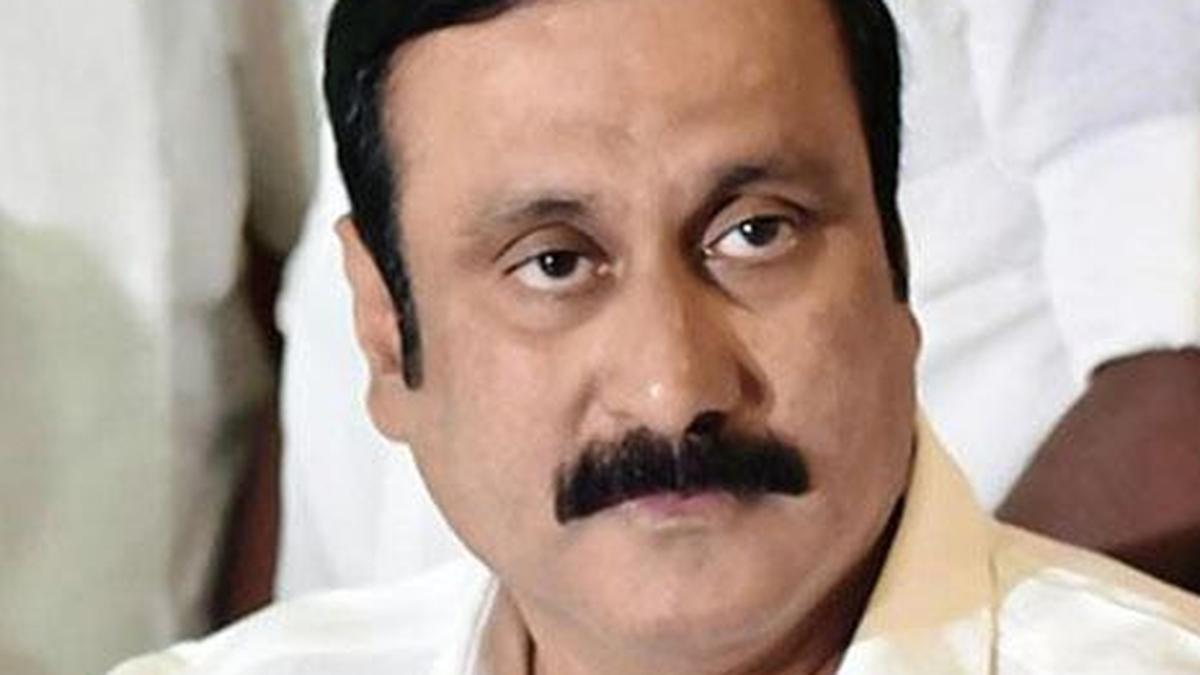The Supreme Court on Wednesday (November 12, 2025) decided to examine if farmers are outwitting satellite surveillance to burn crop stubble, considered a major source of air pollution choking the national capital.
A Bench headed by Chief Justice of India B.R. Gavai appeared incredulous when amicus curiae, senior advocate Aparajita Singh, told the judges that agriculturists wait for the surveillance satellite to pass overhead before putting the lighted match to the stalks. “They are delaying the burning in tune with the movement of the satellite,” Ms. Singh submitted.

“Are you saying all the farmers of the State get together and decide when to burn?” Chief Justice Gavai reacted.
Submits photos
Ms. Singh submitted photographs and data collected from material posted online by a NASA scientist, who claimed to have analysed European and Korean satellites to conclude that stubble-burning has neither gone down or stopped.
The amicus curiae, answering the Chief Justice’s question, said satellites pass overhead at a specific time. She referred to media reports of farmers saying on camera that the State administration had shared the timing of the satellite with the farmers.
Ms. Singh raised doubts, under these circumstances, about the veracity of data and information fed to the top court. “The scientist has uploaded photographs showing the maze above Punjab. If this is true, it is alarming. Their count [of the number of incidents of stubble-burning] is not true,” the amicus curiae submitted.
The court issued notice to the States of Punjab and Haryana to submit their latest reports on stubble burning incidents.
In September, the top court had suggested a return to criminal prosecution of errant agriculturists, and even a separate legislation. The Centre had, however, maintained that it was a policy to take farmers along rather than put them behind bars.
At the time, the debate between the court and the government had broken out after Ms. Singh had pointed out that farmers continue to burn despite “humongous” efforts and funds spent by the Centre to wean them away from an annual practice, which dispels a cloud of toxicity across States in northern India.
No respite
Ms. Singh had said that the situation on the ground returns to square one at the beginning of every winter season regardless of the extensive orders from the Supreme Court to curb stubble burning.
The amicus curiae and several lawyers, including senior advocate Gopal Sankaranarayanan, urged the court to direct the Commission for Air Quality Management (CAQM) to upgrade anti-pollution restrictions in Delhi-NCR from the current GRAP III stage to the stricter GRAP IV measures, which involve a complete stop in construction and demolition activities.
“Your Lordships have asked the CAQM to take steps in anticipation. The AQI (air quality index) has already breached 400. The CAQM must not wait for it to turn ‘severe plus’. It should anticipate and take action now,” Ms. Singh said.
The court scheduled the hearing on this issue on November 17. Ms. Singh said the situation may get worse from “now and Monday”.

 1 hour ago
5
1 hour ago
5








 English (US) ·
English (US) ·